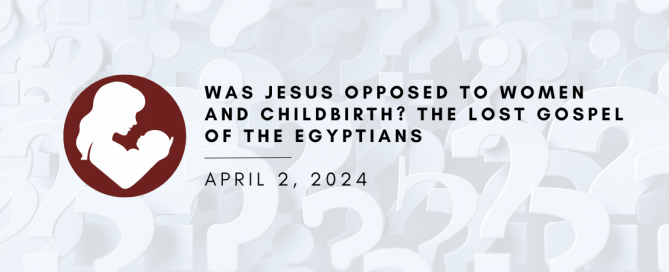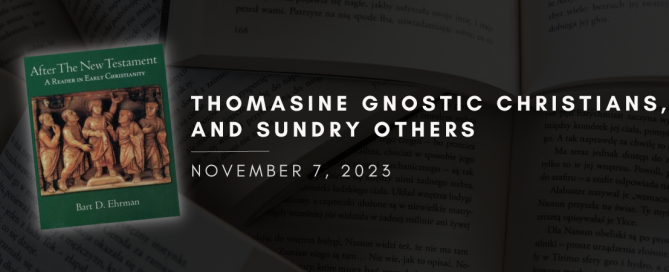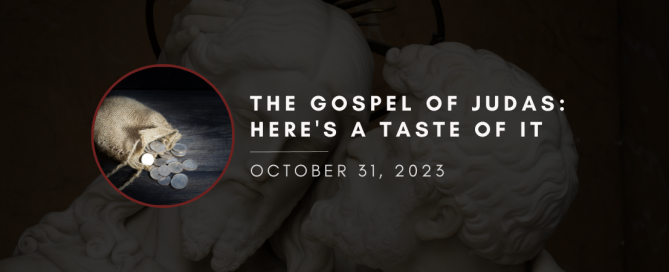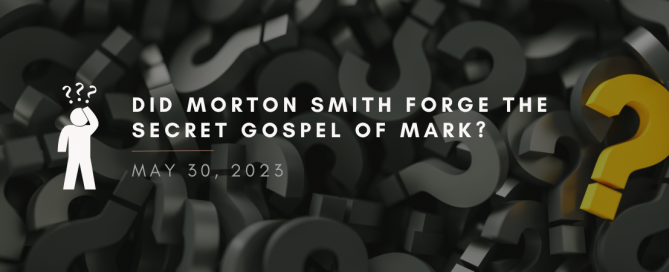Is That a Portion of a Famous Lost Gospel?
Here is an intriguing and mysterious fragment of an ancient Gospel (that is to say: the manuscript of this book was entirely lost, EXCEPT for this little bit that just happened to turn up). I’ll bet my bottom dollar (but none of my other dollars) that you will think it is a fragment of one of the Gospels of the New Testament. WRONG! It is a clever combination of various Gospel accounts into one narrative, a “Gospel Harmony.” Scholars have long debated: is it a portion of the most famous ancient Gospel Harmony of them all, the massive work known as the Diatessaron (I’ll explain below), which we are desperate to get our hands on but probably never will? (It has been completely lost; no manuscripts survive). Here's the tiny fragment of the something we have, with a discussion to follow: Both the translation (it’s mine) and the introduction (slightly edited) are taken from my book, done with Zlatko Pleše, The Other Gospels (Oxford University Press, 2014). There you can also find translations [...]





